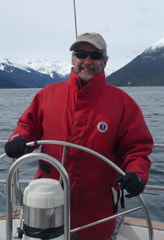 Early in 1980, Mt. St. Helens in southwestern Washington state began showing signs that it was about to erupt. Part of the state’s Cascade Range, the mountain was an active volcano that had been dormant for 123 years. The possibility of seeing the “fireworks” prompted many people to head for the mountain. The sightseers included Ron and Barbara Seibold and their two children, who parked about 12 miles north of the mountain. That was well beyond two danger zones that scientists had established. En route to the mountain, the children—Kevin, aged 7, and his 9-year-old sister Michelle—made a cassette tape. They asked questions and the parents answered. “They were goofing around—asking whether or not they would see lava coming out of the mountain,” said a state emergency management official. “One asked if it was dangerous, and both parents cheerfully reassured their kids that they’d be safe.” They weren’t. Exploding on May 18 with a fury far beyond what scientists had expected, the blast generated the largest landslide in U.S. history and flattened millions of trees. Uncounted tons of ash rose as high as 15 miles into the atmosphere. The Seibolds never had a chance. Ash almost instantly buried their vehicle. They suffocated. The eruption claimed 53 more people, making it the deadliest-ever on the US mainland. One was Harry Truman, who had run the inn at nearby Spirit Lake for more than 50 years. Truman had become somewhat of a folk hero for his refusal to move despite the danger. Twenty-year-old newlyweds Christy and John Killian were camping nine miles from the volcano. Christy died of massive head injuries, her arm around her pet poodle. John and the couple’s retriever were never found. Terry Crall and Karen Varner, both 21, died when a tree fell onto their tent, 14 miles away. Four people outside the tent were unharmed. So were researchers Keith and Dorothy Stoffel, flying a small airplane less than 1,300 feet above the summit at the moment of the eruption. A cloud laced with lightning bolts billowed toward them. They managed to outrun it. Today, much of the vegetation destroyed by the blast has returned. But the mountain—once compared in its graceful contours to Mt. Fuji in Japan—lost 1,300 feet of its height. Its former symmetrical cone shape is now topped by a horseshoe-shaped crater which stands as a mute reminder of the catastrophic eruption. 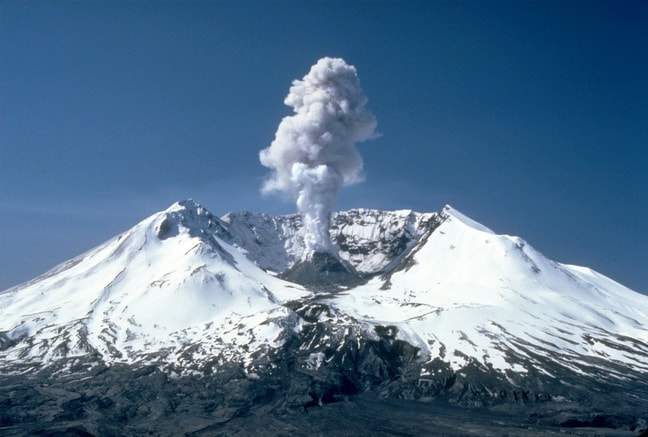 The top of Mount St. Helens two years after the eruption. The removal of the north side of the mountain reduced St. Helens' height by about 1,300 feet and left a crater 1 mile to 2 miles wide and a half mile deep. The eruption killed 57 people, nearly 7,000 big game animals (deer, elk, and bear), and an estimated 12 million fish from a hatchery. It destroyed or extensively damaged more than 200 homes, 185 miles of highway, and 15 miles of railways. 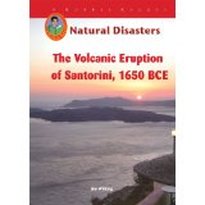 Volcanoes have been erupting for all of recorded history. More than 3,500 years ago, people on the Greek island of Calliste had a very good life. There was only one problem: Calliste was actually a volcano. Around 1650 BCE, the volcano erupted, blowing out the center of the island and creating a large bay. What was left of Calliste was buried under a thick layer of volcanic ash. Though the island was deserted for many years, people eventually returned. Several centuries ago, it was renamed Santorini. The island has reclaimed its beauty and allure, but the volcano below continues to reshape this little plot of land in the Mediterranean Sea. For more information on Jim Whiting's book on the Santorini eruption, click here. MLA 8 Citation
Whiting, Jim. "The Deadly Eruption of Mount St. Helens." Nonfiction Minute, iNK Think Tank, 5 June 2018, www.nonfictionminute.org/the-nonfiction-minute/ The-Deadly-Eruption-of-Mount-St-Helens.
0 Comments
The biggest bang in two thousand years was heard as far as sixteen hundred miles away. It happened in April of 1815, on the island of Sumbawa in the southwest Pacific Ocean, now part of Indonesia. Mount Tambora erupted in an immense volcanic explosion. Seventy-one thousand islanders were killed almost immediately. The big bang began a global cataclysm that sowed the broadest crop of human misery any single earthly event has yielded. Tambora’s eruption hurled millions of tons of ash and sulfur high into the circulating jet-stream, cooling temperatures around the world. It delayed the monsoon rains that were supposed to sustain crops around the Indian Ocean. Floods followed drought along with a deadly surge in the water-borne disease, cholera: tens of millions died of it all along the Ocean’s shores and as far north as Moscow. As the shroud of ash spread north, China’s rice crop failed in cold weather: more millions died. The volcano’s effects reached the higher latitudes of Europe in 1816. Crops were killed by hard frosts in spring and summer. The price of oats and wheat tripled, quadrupled. “Bread Riots” swept through the streets of British and European cities as starving farm families crowded the cities, looking for any kind of work. In North America, hard frosts were recorded in every month of 1816. Late-sown seedling plants were killed as far south as Virginia, where retired President Thomas Jefferson’s crops were destroyed, plunging him into lifelong debt. Snow fell across New England on July 6, 1816, a foot deep in Quebec City, Canada. Steam railroad lines weren’t laid, yet, so grain couldn’t be brought from warmer southern fields. An exodus of failed northern farmers left family homes to populate those milder Midwest prairies. They called this year of famine and disappointment, “Eighteen Hundred and Froze-To-Death.” While millions of the poor starved, wealthy classes of Europe were merely inconvenienced by Tambora’s weather. A privileged group joined the poets Percy Shelley and Lord Byron to “summer” in Switzerland. Storms and cold drove them indoors where they competed to write the best “ghost story.” Percy’s wife Mary Shelley won with Frankenstein. Byron’s personal doctor, John Polidori, also wrote a humdinger: The Vampyre, which was adapted by Bram Stoker decades later as Dracula. Tambora’s chilling effects lasted only three years. Our own challenge of global warming is building more slowly but could be even more troublesome. Tambora’s big bang taught us that we all share cataclysms and weather, even a world away. The 1815 Tambora volcano produced an estimated thirty six cubic miles of exploded rock and ash which showered down in varying depths over land as far away as eight hundred miles to the northwest. But it was the debris that the jet stream carried over Asia, Europe and North America that earned 1816 the title "year without a summer." NASA This photograph depicts the summit caldera of the Mount Tambora volcano more than a hundred years after its massive explosion. A collapse was triggered by the emptying of the magma chamber beneath the volcano as the result of the 1815 eruption. The volcano removed the mountain's estimated thirteen thousand-foot high peak leaving a hollow area 3.7 miles in diameter and thirty-six hundred feet deep. By Tisquesusa via Wikimedia Commons 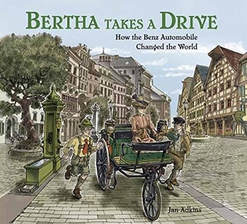 Adkins' latest book is about the first drive in an automobile. The wife of the inventor took her kids to see their grandparents. Learn more about it here. The author/illustrator is a member of iNK's Authors on Call and is available for classroom programs through Field Trip Zoom, a terrific technology that requires only a computer, wifi, and a webcam. Click here to find out more. 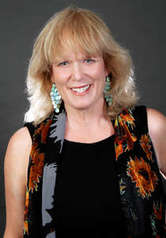 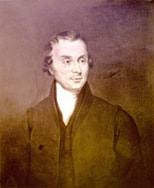 A long time ago in a land far, far away… The climate suddenly changes. It’s May, and a “Great Fog” appears in the sky. During the day it blocks out the sun and acts like a blanket trapping heat near the ground. A ten-year old boy notices that temperatures spike and sunsets are a spectacular display of colors. He doesn’t know that volcanoes in the “Ring of Fire” are spewing ash into the atmosphere creating massive clouds and causing the strange weather. All he knows is that he can’t take his eyes off the sky. The boy’s name is Luke Howard. The year is 1783, and his location is the English countryside. Luke records his observations in a journal. Although he doesn’t know it yet, he is on his way to becoming the “Father of Meteorology.” Flash forward twenty years. It’s 1803, and Luke Howard is a successful businessman. But in his spare time, ever since the summer of 1873, he’s been watching the clouds and thinking up new ideas about the weather. He writes and publishes a scientific paper and presents his ideas to a group of fellow amateur scientists. His article, “On the modification of clouds, and on the principles of their production, suspension and destruction,” classifies clouds into groups using Latin words: heaped (cumulus), layered (stratus), fibrous (cirrus), and rain (nimbus). By combining terms into names such as Cirro-cumulus, which he describes as "small, well-defined roundish masses, in close horizontal arrangement," Luke identifies many kinds of clouds. Luke’s passion for clouds inspires him to make watercolor sketches and write a book called The Climate of London, which introduces new ideas about lightening and the causes of rain. In 1864, Luke Howard dies at the age of ninety-two, leaving behind a cloud naming system that is still used today. A long time ago in a land far, far away, Luke Howard names the clouds—and in our imagination we see him turning to a friend and saying, “May the clouds be with you.” To see photos of many kinds of clouds go to NOAA Sky Watcher Chart 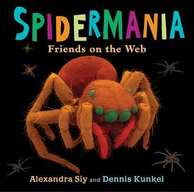 Spidermania: Friends on the Web debunks myths about spiders and takes an extremely close look at creatures that have both fascinated and terrified humans. An introduction explains what makes spiders unique. Then ten species are highlighted with incredible electron micro-graph images and surprising facts. From diving bell spiders that live in bubbles underwater, to spitting spiders that shoot sticky streams of spit at their prey, to black widows and wolf spiders, this unusual book will intrigue readers and help cure arachnophobia. For more information, click here. MLA 8 Citation
Siy, Alexandra. "Luke Skywatcher." Nonfiction Minute, iNK Think Tank, 27 Apr. 2018, www.nonfictionminute.org/the-nonfiction-minute/Luke-Skywatcher. |
*NEWS
|
For Vicki Cobb's BLOG (nonfiction book reviews, info on education, more), click here: Vicki's Blog
The NCSS-CBC Notable Social Studies Committee is pleased to inform you
that 30 People Who Changed the World has been selected for Notable Social Studies Trade Books for Young People 2018, a cooperative project of the National Council for the Social Studies (NCSS) & the Children’s Book Council
Categories
All
Abolitionists
Adams Janus
Adaptation
Adaptations
Adkins Jan
Advertising
Aerodynamics
Africa
African American History
African Americans
Africa West
Agriculture
Aircraft
Air Pilots
Air Pressure
Air Travel
Albee Sarah
Alchemy
Alligators
Allusion
American History
American Icons
Amphibians
Amundsen Roald
Anatomy
Ancient
Ancient Cultures
Anderson Marian 1897-1993
Animal Behavior
Animal Experimentation
Animal Intelligence
Animals
Animation
Antarctica
Ants
Apache Indians
Apes
April Fool's Day
Architecture
Argument
Arithmetic
Art
Art Deco
Artists
Arts
Asia
Astronauts
Astronomy
Athletes
Atomic Theory
Audubon Societies
Authors
Autobiography
Automobiles
Aviation
Awards
Bacteria
Baseball
Battuta Ibn
Bears
Beatles
Beavers
Bees
Biodegradation
Biography
Biology
Biomes
Biomimicry
Biplanes
Birds
Black Death
Black History
Blindness
Blizzards
Bombs
Bonaparte Napoleon
Boone Daniel
Botany
Brazil
Bridges
Brill Marlene Targ
Brooklyn Bridge
Brown John
Buffaloes
Building Materials
Butterflies
Caesar
Caesar Julius
Caissons
Calculus
Calendars
Cannibal
Capitals
Caravaggio
Carbon Dioxide
Carnivores
Carson Mary Kay
Cartoons & Comics
Carving (Decorative Arts)
Cascade Range
Castaldo Nancy
Castles
Castrovilla Selene
Cathedrals
Cats
Caves
Celts
Cemeteries
Chemistry
Children's Authors
Child Welfare
China
Choctaw Indians
Christmas
Chronometers
Cicadas
Cinco De Mayo
Ciphers
Circle
Citizenship
Civil Rights
Civil Rights Movements
Civil War
Civil War - US
Climate
Climate Change
Clocks And Watches
Clouds
Cobb Vicki
COBOL (Computer Language)
Code And Cipher Stories
Collard III Sneed B.
Collectors And Collecting
Color
Commerce
Communication
Competition
Compilers
Composers
Computers
Congressional Gold Medal
Consitution
Contests
Contraltos
Coolidge Calvin
Cooling
Corms
Corn
Counterfeiters
Covid-19
Crocodiles
Cryptography
Culture
Darwin Charles
Declaration Of Independence
Decomposition
Decompression Sickness
Deep-sea Animals
Deer
De Medici Catherine
Design
Detectives
Dickens Charles
Disasters
Discrimination
Diseases
Disney Walt
DNA
Dogs
Dollar
Dolphins
Douglass Frederick 1818-1895
Droughts
Dr. Suess
Dunphy Madeleine
Ear
Earth
Earthquakes
Ecology
Economics
Ecosystem
Edison Thomas A
Education
Egypt
Eiffel-gustave-18321923
Eiffel-tower
Einstein-albert
Elephants
Elk
Emancipationproclamation
Endangered Species
Endangered-species
Energy
Engineering
England
Englishlanguage-arts
Entomology
Environmental-protection
Environmental-science
Equinox
Erie-canal
Etymology
Europe
European-history
Evolution
Experiments
Explorers
Explosions
Exports
Extinction
Extinction-biology
Eye
Fairs
Fawkes-guy
Federalgovernment
Film
Fires
Fishes
Flight
Floods
Flowers
Flute
Food
Food-chains
Foodpreservation
Foodsupply
Food-supply
Football
Forceandenergy
Force-and-energy
Forensicscienceandmedicine
Forensic Science And Medicine
Fossils
Foundlings
France
Francoprussian-war
Freedom
Freedomofspeech
French-revolution
Friction
Frogs
Frontier
Frontier-and-pioneer-life
Frozenfoods
Fugitiveslaves
Fultonrobert
Galapagos-islands
Galleys
Gametheory
Gaudi-antoni-18521926
Gender
Generals
Genes
Genetics
Geography
Geology
Geometry
Geysers
Ghosts
Giraffe
Glaciers
Glaucoma
Gliders-aeronautics
Global-warming
Gods-goddesses
Gold-mines-and-mining
Government
Grant-ulysses-s
Grasshoppers
Gravity
Great-britain
Great-depression
Greece
Greek-letters
Greenberg Jan
Hair
Halloween
Handel-george-frederic
Harness Cheryl
Harrison-john-16931776
Health-wellness
Hearing
Hearing-aids
Hearst-william-randolph
Henry-iv-king-of-england
Herbivores
Hip Hop
History
History-19th-century
History-france
History-world
Hitler-adolph
Hoaxes
Holidays
Hollihan Kerrie Logan
Homestead-law
Hopper-grace
Horses
Hot Air Balloons
Hot-air-balloons
Housing
Huguenots
Human Body
Hurricanes
Ice
Icebergs
Illustration
Imagery
Imhotep
Imperialism
Indian-code-talkers
Indonesia
Industrialization
Industrial-revolution
Inquisition
Insects
Insulation
Intelligence
Interstatecommerce
Interviewing
Inventions
Inventors
Irrational-numbers
Irrigation
Islands
Jacksonandrew
Jazz
Jeffersonthomas
Jefferson-thomas
Jemisonmae
Jenkins-steve
Jet-stream
Johnsonlyndonb
Jokes
Journalism
Keeling-charles-d
Kennedyjohnf
Kenya
Kidnapping
Kingmartinlutherjr19291968
Kingmartinlutherjr19291968d6528702d6
Kings-and-rulers
Kings Queens
Kings-queens
Koala
Labor
Labor Policy
Lafayette Marie Joseph Paul Yves Roch Gilbert Du Motier Marquis De 17571834
Landscapes
Languages-and-culture
Law-enforcement
Layfayette
Levers
Levinson Cynthia
Lewis And Clark Expedition (1804-1806)
Lewis Edmonia
Liberty
Lift (Aerodynamics)
Light
Lindbergh Charles
Liszt Franz
Literary Devices
Literature
Lizards
Longitude
Louis XIV King Of France
Lumber
Lunar Calendar
Lynching
Macaws
Madison-dolley
Madison-james
Madison-james
Mammals
Maneta-norman
Maneta-norman
Marathon-greece
Marine-biology
Marine-biology
Marines
Marsupials
Martial-arts
Marx-trish
Mass
Massachusetts-maritime-academy
Mass-media
Mastodons
Mathematics
May-day
Mcclafferty-carla-killough
Mcclafferty-carla-killough
Mckinley-william
Measurement
Mechanics
Media-literacy
Media-literacy
Medicine
Memoir
Memorial-day
Metaphor
Meteorology
Mexico
Mickey-mouse
Microscopy
Middle-west
Migration
Military
Miners
Mississippi
Molasses
Monarchy
Monsters
Montgomery
Montgomery-bus-boycott-19551956
Montgomery-heather-l
Monuments
Moon
Moran-thomas
Morsecode
Morsesamuel
Moss-marissa
Moss-marissa
Motion
Motion-pictures
Mummies
Munro-roxie
Munro-roxie
Musclestrength
Museums
Music
Muslims
Mythologygreek
Nanofibers
Nanotechnology
Nathan-amy
Nathan-amy
Nationalfootballleague
Nationalparksandreserves
Nativeamericans
Native-americans
Native-americans
Naturalhistory
Naturalists
Nature
Nauticalcharts
Nauticalinstruments
Navajoindians
Navigation
Navy
Ncaafootball
Nervoussystem
Newdeal19331939
Newman-aline
Newman-aline
Newton-isaac
New-york-city
Nobelprizewinners
Nomads
Nonfictionnarrative
Nutrition
Nylon
Nymphs-insects
Oaths Of Office
Occupations
Ocean
Ocean-liners
Olympics
Omnivores
Optics
Origami
Origin
Orphans
Ottomanempire
Painters
Painting
Paleontology
Pandemic
Paper-airplanes
Parksrosa19132005
Parrots
Passiveresistance
Patent Dorothy Hinshaw
Peerreview
Penguins
Persistence
Personalnarrative
Personification
Pets
Photography
Physics
Pi
Pigeons
Pilots
Pinkertonallan
Pirates
Plague
Plains
Plainsindians
Planets
Plantbreeding
Plants
Plastics
Poaching
Poetry
Poisons
Poland
Police
Political-parties
Pollen
Pollution
Polo-marco
Populism
Portraits
Predation
Predators
Presidentialmedaloffreedom
Presidents
Prey
Prey-predators
Prey-predators
Prime-meridian
Pringle Laurence
Prohibition
Proteins
Protestandsocialmovements
Protestants
Protestsongs
Punishment
Pyramids
Questioning
Radio
Railroad
Rainforests
Rappaport-doreen
Ratio
Reading
Realism
Recipes
Recycling
Refrigerators
Reich-susanna
Religion
Renaissance
Reproduction
Reptiles
Reservoirs
Rheumatoidarthritis
Rhythm-and-blues-music
Rice
Rivers
Roaringtwenties
Roosevelteleanor
Rooseveltfranklind
Roosevelt-franklin-d
Roosevelt-theodore
Running
Russia
Safety
Sanitation
Schwartz David M
Science
Scientificmethod
Scientists
Scottrobert
Sculpture
Sculpturegardens
Sea-level
Seals
Seals-animals
Secretariesofstate
Secretservice
Seeds
Segregation
Segregationineducation
Sensessensation
September11terroristattacks2001
Seuss
Sextant
Shackletonernest
Shawneeindians
Ships
Shortstories
Silkworms
Simple-machines
Singers
Siy Alexandra
Slavery
Smuggling
Snakes
Socialchange
Social-change
Socialjustice
Social-justice
Socialstudies
Social-studies
Social-studies
Sodhouses
Solarsystem
Sound
Southeast-asia
Soybean
Space Travelers
Spain
Speech
Speed
Spiders
Spies
Spiritualssongs
Sports
Sports-history
Sports-science
Spring
Squirrels
Statue-of-liberty
STEM
Storms
Strategy
Sugar
Sumatra
Summer
Superbowl
Surgery
Survival
Swanson-jennifer
Swinburne Stephen R.
Synthetic-drugs
Taiwan
Tardigrada
Tasmania
Tasmanian Devil
Tasmanian-devil
Technology
Tecumsehshawneechief
Telegraph-wireless
Temperature
Tennis
Terrorism
Thomas Peggy
Thompson Laurie Ann
Time
Titanic
Tombs
Tortoises
Towle Sarah
Transcontinental-flights
Transportation
Travel
Trees
Trung Sisters Rebellion
Tundra
Turnips
Turtles
Typhoons
Underground Railroad
Us-environmental-protection-agency
Us History
Us-history
Ushistoryrevolution
Us History Revolution
Us-history-war-of-1812
Us Presidents
Ussupremecourtlandmarkcases
Vacations
Vaccines
Vangoghvincent
Vegetables
Venom
Vietnam
Viruses
Visual-literacy
Volcanoes
Voting-rghts
War
Warne-kate
Warren Andrea
Washington-dc
Washington George
Water
Water-currents
Wax-figures
Weapons
Weather
Weatherford Carole Boston
Whiting Jim
Wildfires
Winds
Windsor-castle
Wolves
Woman In History
Women
Women Airforce Service Pilots
Women-airforce-service-pilots
Womeninhistory
Women In History
Women-in-science
Women's History
Womens-roles-through-history
Wonder
Woodson-carter-godwin-18751950
World-war-i
World War Ii
World-war-ii
Wright Brothers
Writing
Writing-skills
Wwi
Xrays
Yellowstone-national-park
Zaunders Bo
ArchivesMarch 2021
February 2021
January 2021
December 2020
November 2020
October 2020
September 2020
June 2020
May 2020
April 2020
March 2020
February 2020
January 2020
December 2019
October 2019
September 2019
August 2019
July 2019
May 2019
April 2019
March 2019
February 2019
January 2019
December 2018
November 2018
September 2018
June 2018
May 2018
April 2018
March 2018
February 2018
January 2018
December 2017
November 2017
October 2017
September 2017
March 2017
The NONFICTION MINUTE, Authors on Call, and. the iNK Books & Media Store are divisions of iNK THINK TANK INC.
a 501 (c) (3) nonprofit corporation. To return to the iNK Think Tank landing page click the icon or the link below. :
http://inkthinktank.org/
For more information or support, contact thoughts@inkthinktank.org
For Privacy Policy, go to
Privacy Policy
© COPYRIGHT the Nonfiction Minute 2020.
ALL RIGHTS RESERVED.
This site uses cookies to personalize your experience, analyze site usage, and offer tailored promotions. www.youronlinechoices.eu
Remind me later
Archives
March 2023
February 2023
January 2023
December 2022
November 2022
October 2022
September 2022
June 2022
May 2022
April 2022
March 2022
February 2022
January 2022
December 2021
November 2021
September 2021
April 2021
March 2021
February 2021
November 2020
October 2020
September 2020
June 2020
May 2020
April 2020
March 2020
February 2020
January 2020
October 2019
August 2019
July 2019
May 2019
April 2019
December 2018
September 2018
June 2018
May 2018
March 2018
February 2018
January 2018
December 2017
November 2017
October 2017
September 2017


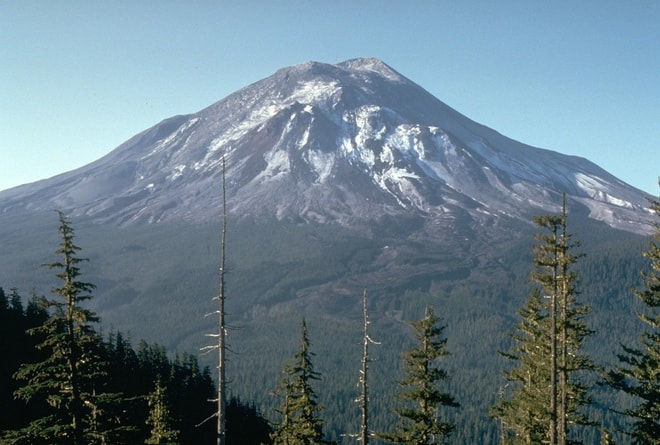
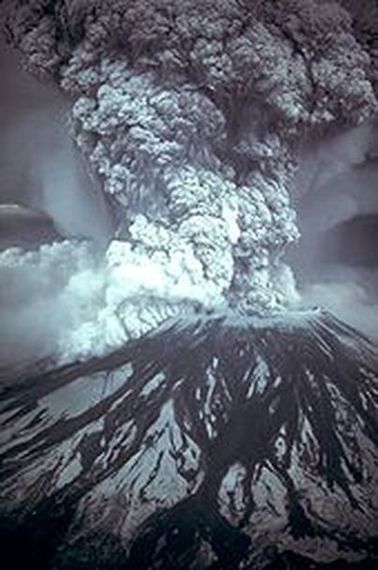
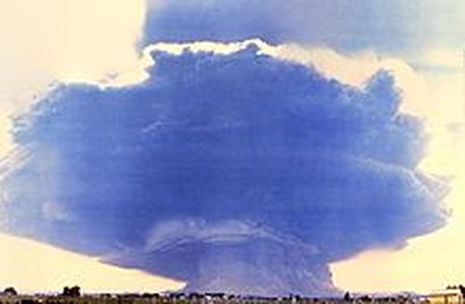

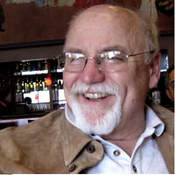

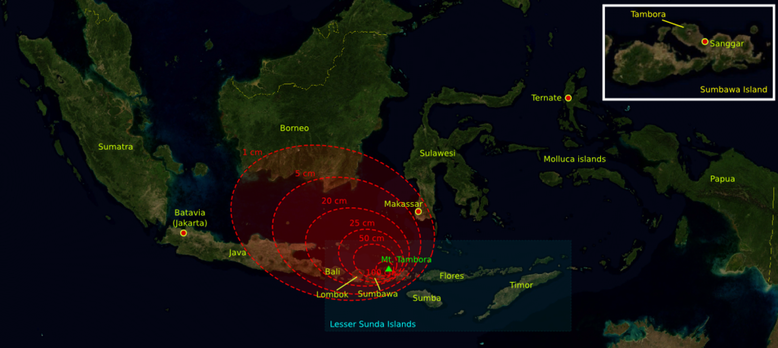


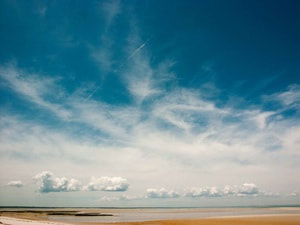
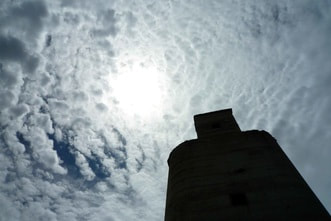
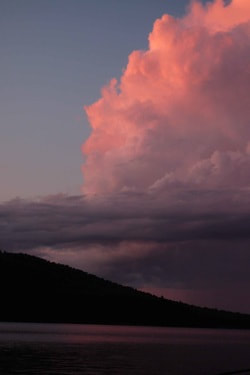
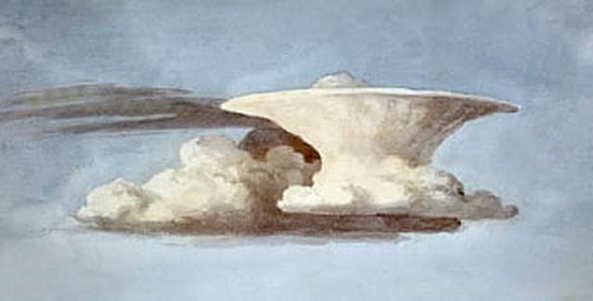

 RSS Feed
RSS Feed
